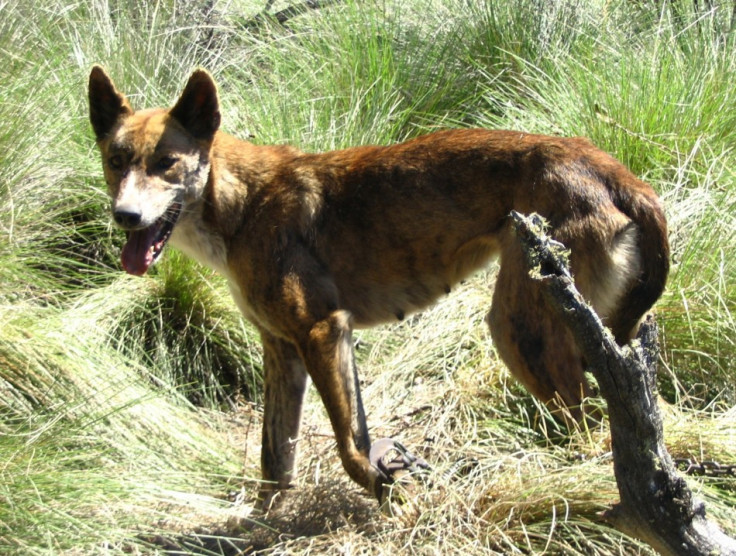Rare wild singing dog from Indonesia re-emerges from extinction
The singing canines sound like humpback whales and possess flexible joints that enable them to jump and leap like cats
An ancient breed of dog that was thought to be extinct has re-emerged in Papua, Indonesia. The extremely rare New Guinea wild singing dog was thought to have gone extinct 50 years ago until a group of scientists on an expedition spotted a pack of these dogs running wild in the hills of the Indonesian province in 2016.
The scientists returned to the same site in 2018 and were able to gather biological samples that enabled them to compare DNA samples from the wild canines with those of the ones in captivity. Results revealed these Highland Wild dogs are indeed predecessors of the New Guinea singing dog.
The New Guinea singing dog is similar to a dingo. It is known for its unique barks and wolf-like howls that produce harmonic sounds easily compared to the songs of humpback whales. They were discovered living in their natural habitat near the Grasberg gold copper mine in Papua, Indonesia. Studies done by the San Diego Zoo showed that the dogs have extremely flexible joints and spine and are well capable to jump and leap like a cat.
There are no more than 200 of these singing dogs in captivity scattered in conservation centres and zoos. They are descendants of those that were captured in the 1970's. However, most of them have lost much of their genetic make-up due to extensive inbreeding due to the lack of new genes.
Elaine Ostrander, investigator at the National Institutes of Health said, "They look most related to a population of conservation biology new guinea singing dogs that were descended from eight dogs brought to the United States many, many, many years ago", CNN reports.
"The conservation started with eight dogs, and they've been bred to each other, bred to each other, and bred to each other for generations -- so they've lost a lot of genetic diversity." Ostrander added.
For many years, researchers believed the singing canines were wiped out from the wild due to the loss of their habitat to human population as well as humans breeding them to become house pets.
When the research team discovered the pack, they were surprised to see the variety of colour and markings on the dogs ranging from cream, ginger to black. Some had white or dark roan markings and even black with tricolour patterned coats.
New Guinea is the world's second largest island. It's eastern half is known as Papua New Guinea and it's western half belongs to Indonesia known as Papua province. The first specimen of the dogs was found at an altitude of 2.100 meters in 1897 in the Central Province of Papua New Guinea.

© Copyright IBTimes 2025. All rights reserved.





















